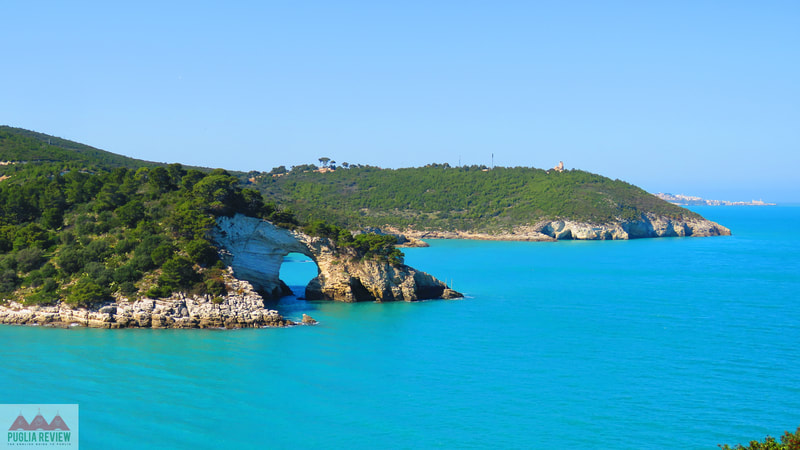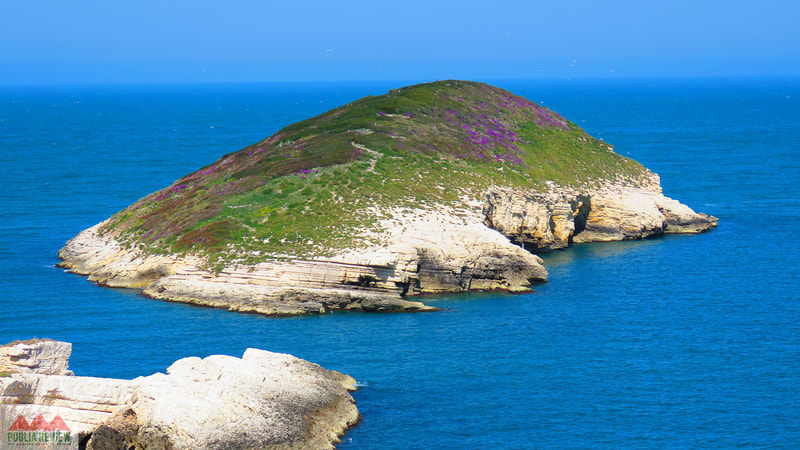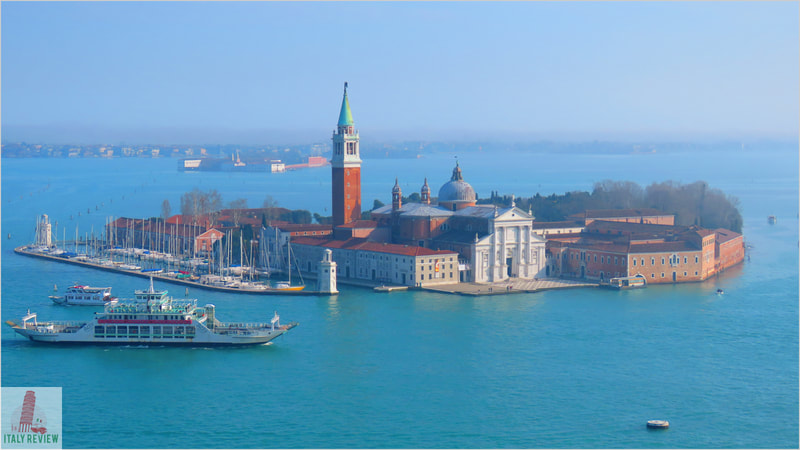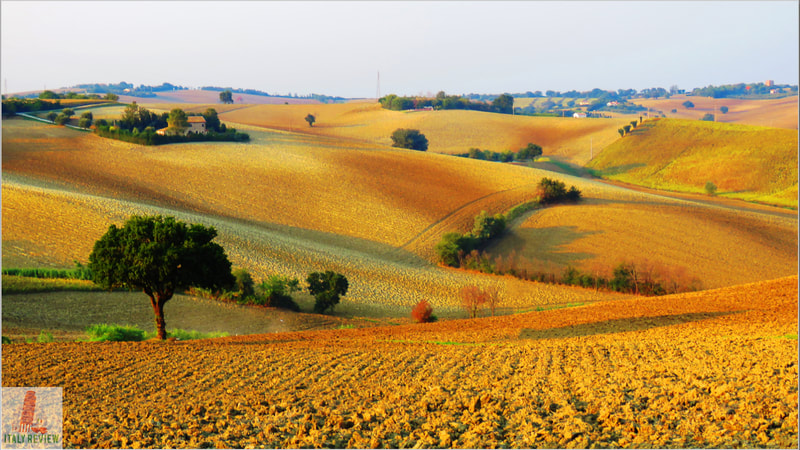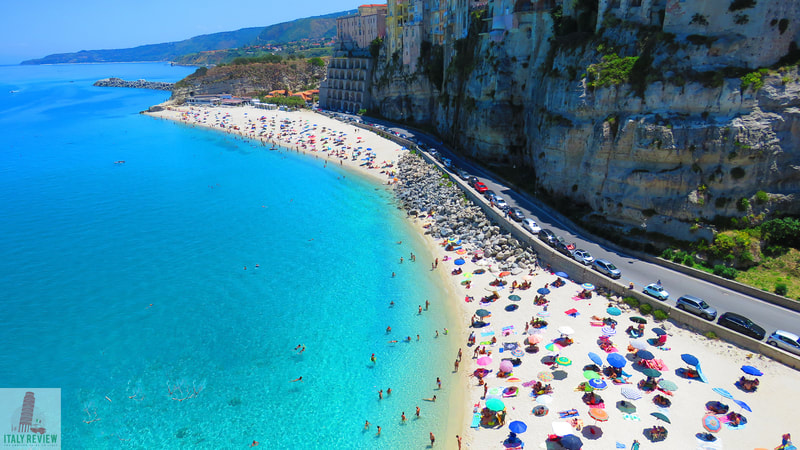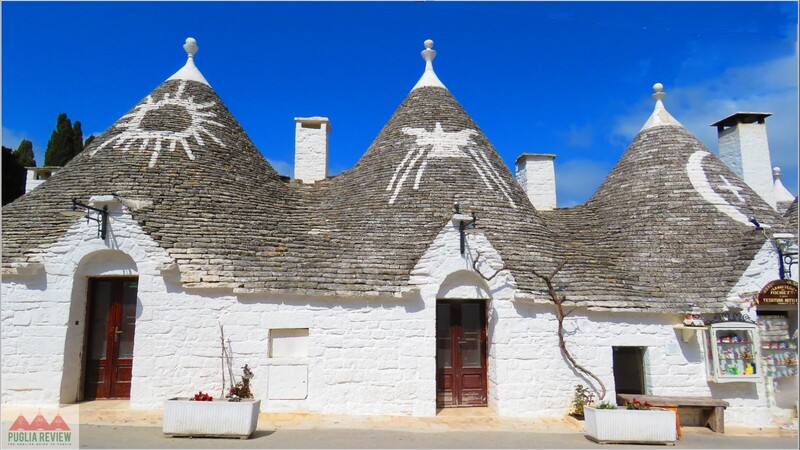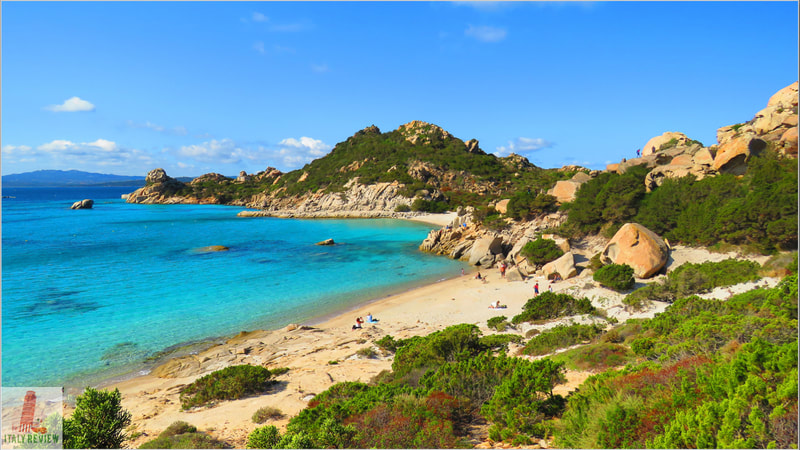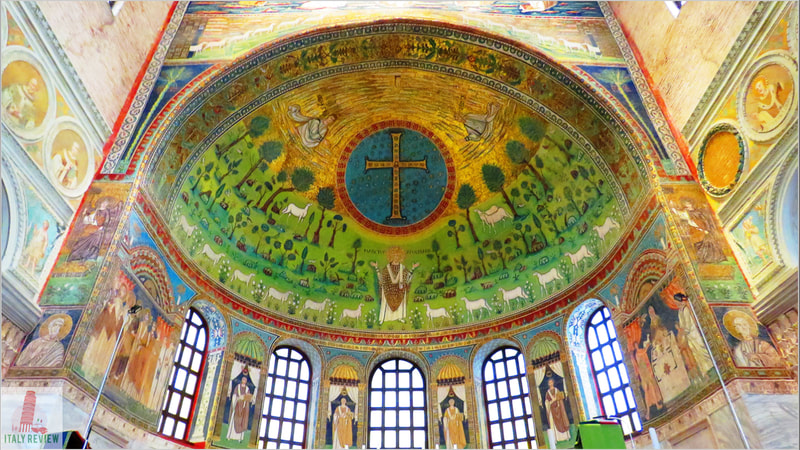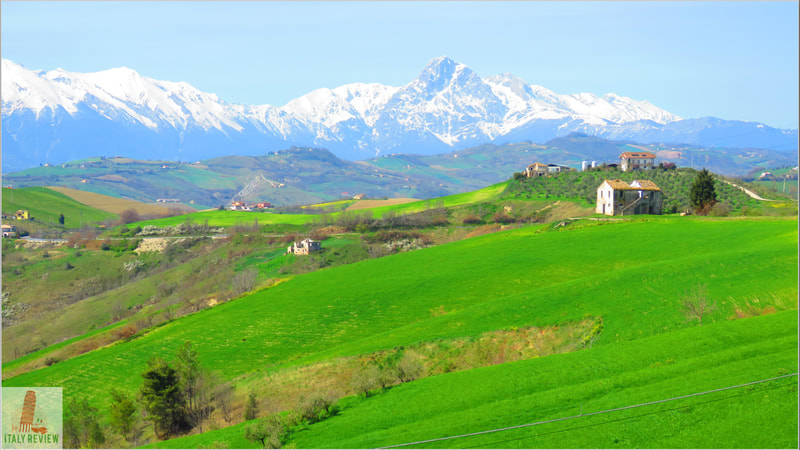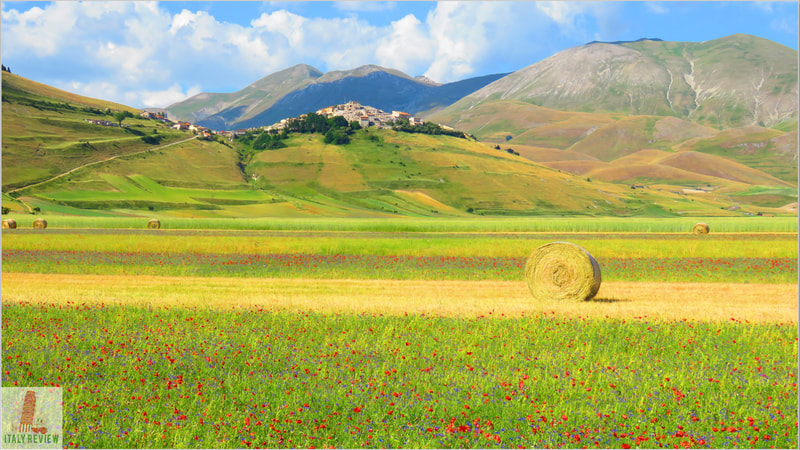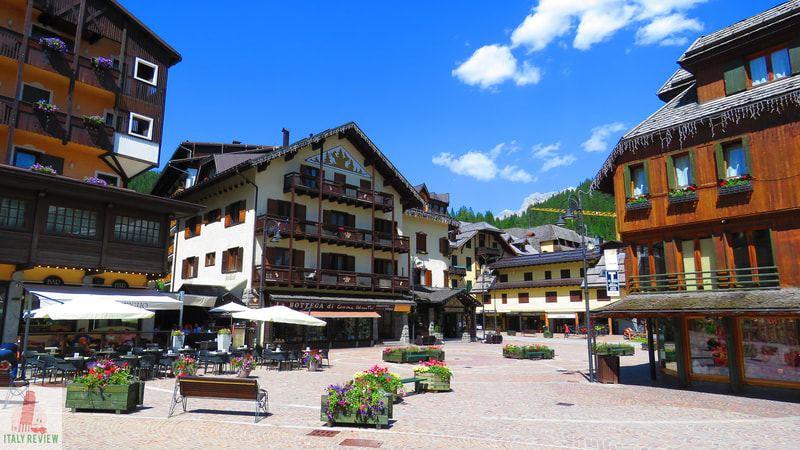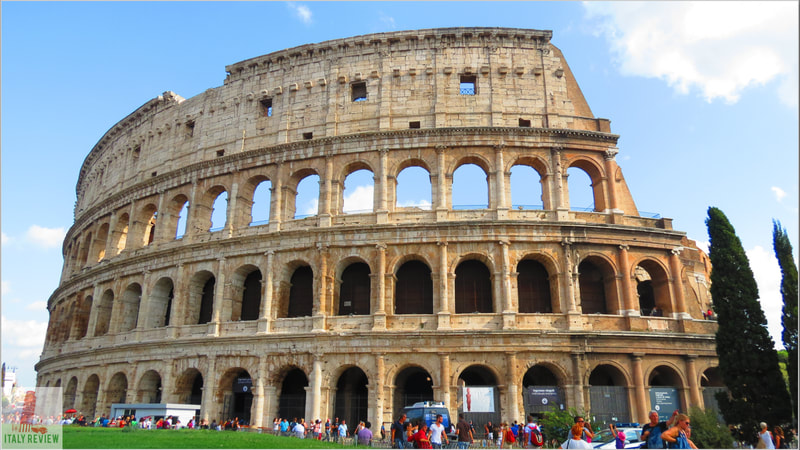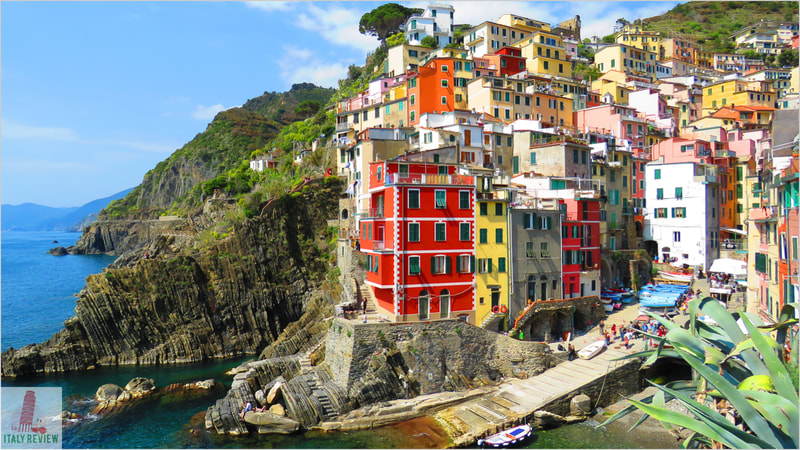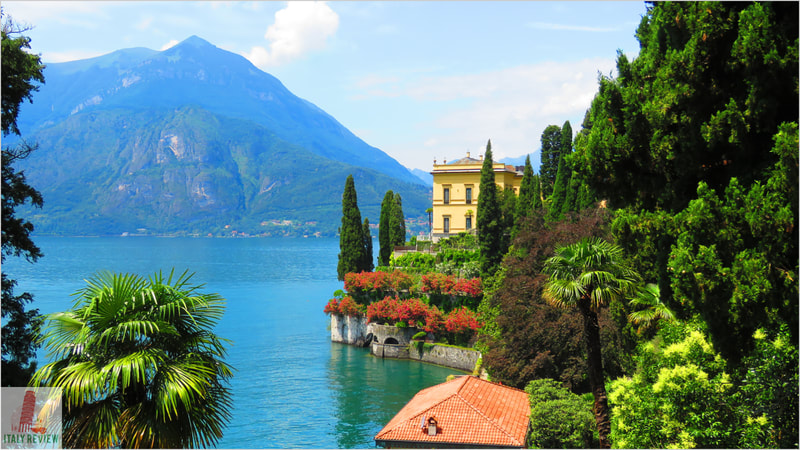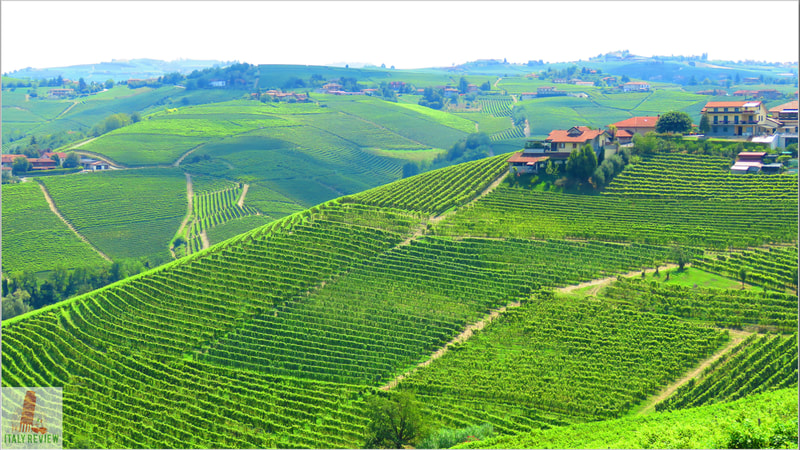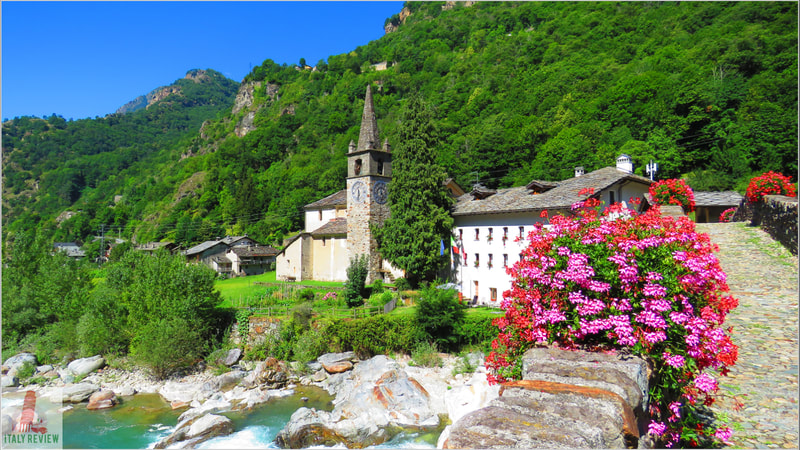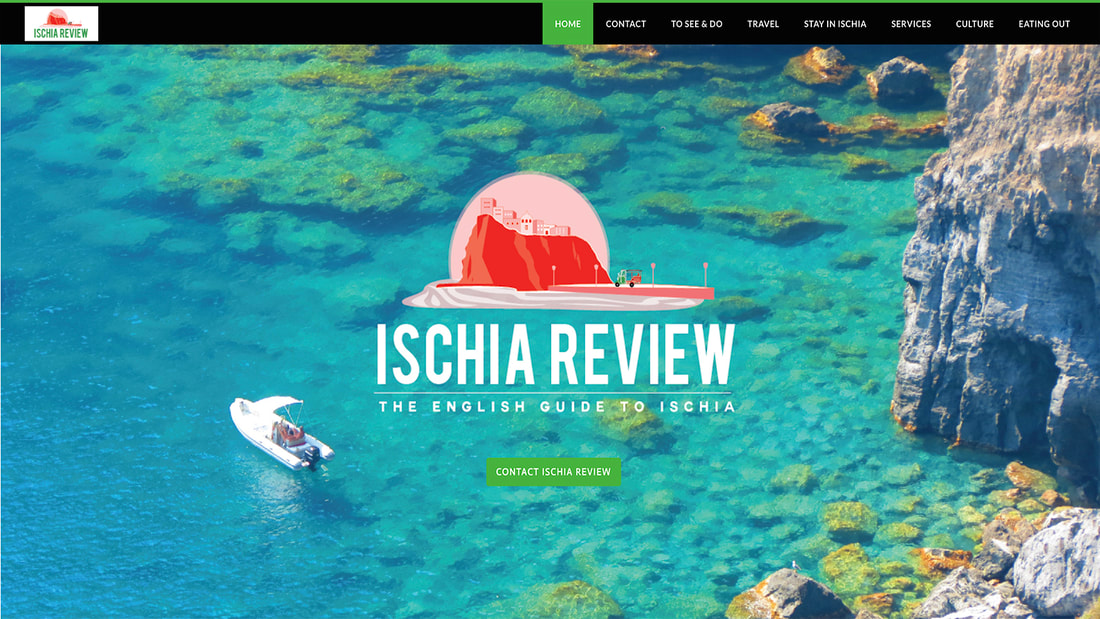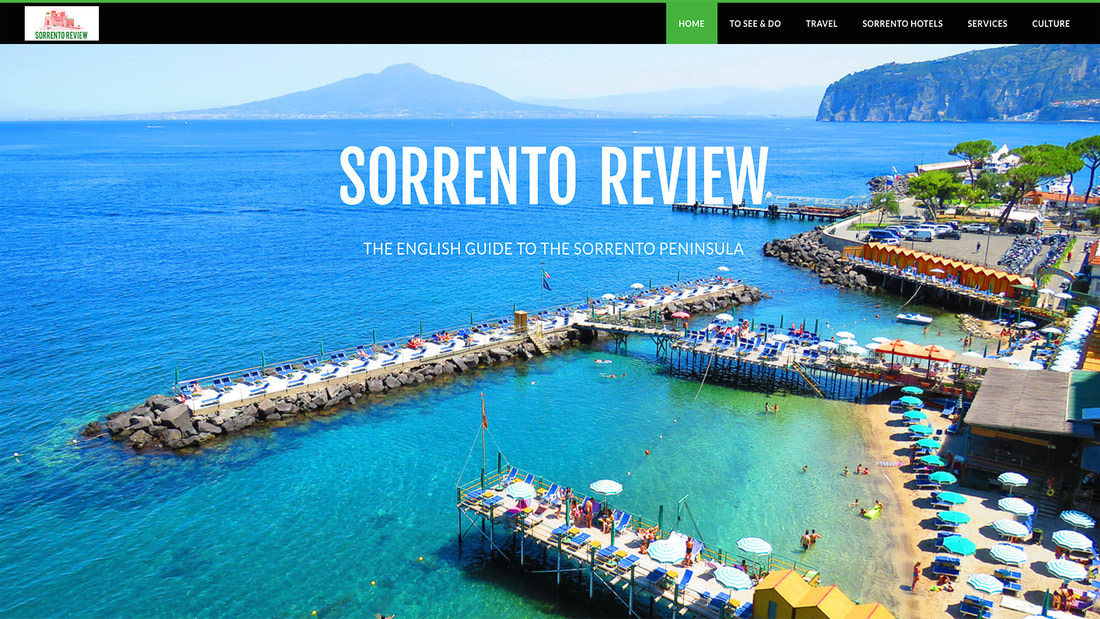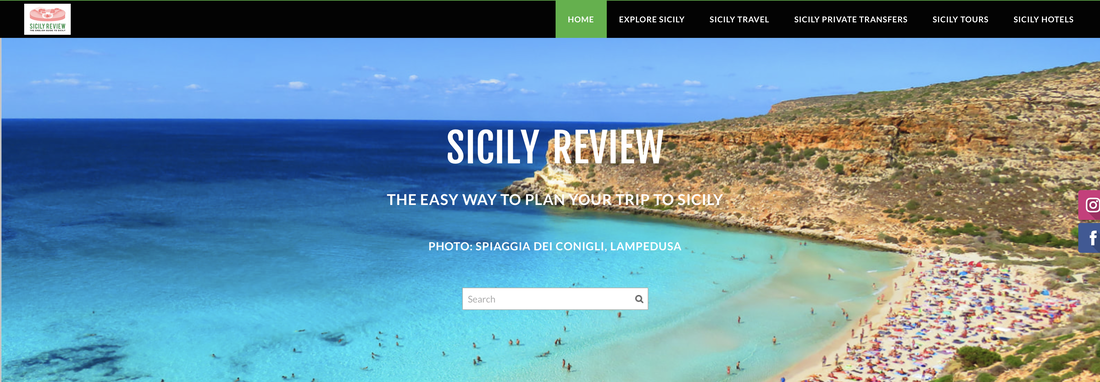Gargano National Park
|
By Dion Protani
|
Latest update: 6 January 2024
|
|
The Gargano National Park is situated within the Province of Foggia and covers roughly the same geographical area of the Gargano Peninsula. Established in 1991, it covers a total area of 1,181 square kilometres.
Among the highlights of the park are the towns of Vieste, Rodi Garganico, Monte Sant'Angelo and Peschici. |
Related links
Profile
Gargano National Park, also known as Parco Nazionale del Gargano, is a picturesque protected area located in the Puglia region of southern Italy. Stretching along the Gargano Peninsula, the park offers a diverse and enchanting landscape of rocky cliffs, sandy beaches, ancient forests, and unique biodiversity, making it a popular destination for nature lovers, hikers, and beachgoers.
History
The history of Gargano National Park is deeply connected to its geological and cultural significance. The region has been inhabited since ancient times, with evidence of prehistoric settlements and ancient civilizations.
In more recent history, the area has been shaped by various cultures, including the Greeks, Romans, and Byzantines. Over the centuries, it has been a center of religious pilgrimage, with several sanctuaries dedicated to Christian saints.
Gargano National Park was established in 1991 to preserve and protect its exceptional natural and cultural heritage. The park covers an area of over 121,000 hectares, making it one of the largest national parks in Italy.
In more recent history, the area has been shaped by various cultures, including the Greeks, Romans, and Byzantines. Over the centuries, it has been a center of religious pilgrimage, with several sanctuaries dedicated to Christian saints.
Gargano National Park was established in 1991 to preserve and protect its exceptional natural and cultural heritage. The park covers an area of over 121,000 hectares, making it one of the largest national parks in Italy.
Key features
Gargano National Park offers visitors an opportunity to explore the stunning beauty of the Adriatic coastline and its inland wonders.
Hiking is one of the main attractions in the park, with an extensive network of trails that lead through its diverse landscapes. From coastal paths with breathtaking views of the sea to forested routes, the park offers a variety of hiking opportunities for all levels of experience.
The park's diverse flora and fauna make it a haven for nature lovers and wildlife enthusiasts. It is home to a variety of animal species, including wild boars, roe deer, foxes, and numerous bird species, such as peregrine falcons and hoopoes.
Visitors can explore the dramatic sea caves and limestone formations along the coastline, including the famous "Tremiti Islands," a small archipelago that is part of the park and offers crystal-clear waters for snorkeling and diving.
Rock climbing and water sports are popular activities in Gargano, attracting adventure seekers to its rocky cliffs and clear waters.
The park is dotted with charming traditional villages, historic sites, and religious sanctuaries, providing opportunities for cultural exploration and local cuisine.
Visitor centers and information points are available throughout the park, providing valuable resources and educational materials for tourists interested in learning more about the park's natural and cultural heritage.
Gargano National Park is accessible from various towns and villages in the region, including Vieste, Peschici, and Mattinata. Visitors can reach the park by car or public transportation, and there are various accommodations available for those who wish to stay overnight.
The best time to visit Gargano National Park depends on your interests. Spring and early summer are ideal for hiking and enjoying the blooming wildflowers, while summer offers the opportunity to relax on its beautiful beaches and explore the coastal caves.
Hiking is one of the main attractions in the park, with an extensive network of trails that lead through its diverse landscapes. From coastal paths with breathtaking views of the sea to forested routes, the park offers a variety of hiking opportunities for all levels of experience.
The park's diverse flora and fauna make it a haven for nature lovers and wildlife enthusiasts. It is home to a variety of animal species, including wild boars, roe deer, foxes, and numerous bird species, such as peregrine falcons and hoopoes.
Visitors can explore the dramatic sea caves and limestone formations along the coastline, including the famous "Tremiti Islands," a small archipelago that is part of the park and offers crystal-clear waters for snorkeling and diving.
Rock climbing and water sports are popular activities in Gargano, attracting adventure seekers to its rocky cliffs and clear waters.
The park is dotted with charming traditional villages, historic sites, and religious sanctuaries, providing opportunities for cultural exploration and local cuisine.
Visitor centers and information points are available throughout the park, providing valuable resources and educational materials for tourists interested in learning more about the park's natural and cultural heritage.
Gargano National Park is accessible from various towns and villages in the region, including Vieste, Peschici, and Mattinata. Visitors can reach the park by car or public transportation, and there are various accommodations available for those who wish to stay overnight.
The best time to visit Gargano National Park depends on your interests. Spring and early summer are ideal for hiking and enjoying the blooming wildflowers, while summer offers the opportunity to relax on its beautiful beaches and explore the coastal caves.
Parco Nazionale del Gargano
|
Province: Foggia
Region: Puglia Size: 1,181 km² Established: 1991 Highlights: Vieste, Rodi Garganico, Monte Sant'Angelo, Peschici Fly to: Bari Karol Wojtyla Airport - 1 hour 38 minutes (143 km) Recommended stay: Hotel Boutique Il Castellino Relais |

